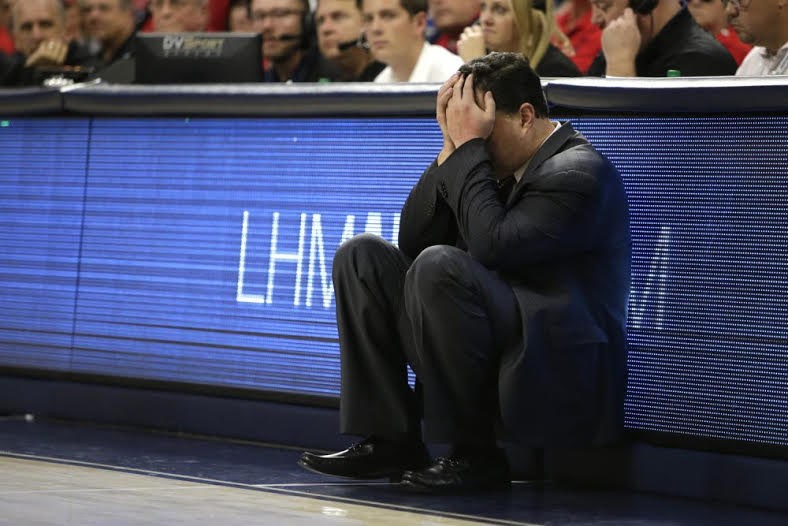Column: The problem with the NCAA

GVL / Courtesy
Mar 1, 2018
One of the most polarizing athletes of all time took a stand against one of the most influential athletic organizations earlier in the week.
LeBron James commented on the recent National Collegiate Athletic Association’s (NCAA) scandals revealed by a federal investigation.
“The NCAA is corrupt, we know that,” James said after a practice with the Cleveland Cavaliers.
A week prior to that statement, Yahoo Sports had published an article discussing the involvement of former NBA agent Andy Miller and his former associate Christian Dawkins in loans and expenses related to players in high school and college. At least 20 Division I programs are involved, and more than 25 players have already been identified.
NCAA President Mark Emmert released a statement at the end of this past week. “Simply put, people who engage in this kind of behavior have no place in college sports. They are an affront to all those who play by the rules.”
There are a few issues at hand that need to be addressed. First, this is not a recent problem. Think back to the “Fab Five” 30 for 30 ESPN documentary. These kids from Detroit struggled financially for years, even with a full-ride scholarship to the University of Michigan. According to former Wolverine Jalen Rose, they did not take the money because they wanted to but because they needed to.
I do not condemn them for doing so, even though there are specific rules that prevent players from committing such deeds, but as a college student, I can understand where they came from and why they would break these rules.
The second issue is the agency company Miller and Dawkins worked for, known as ASM. The two agents went around the country to talk to the brightest young stars, including Miles Bridges, Dennis Smith Jr. and Collin Sexton, to name a few.
Their goal was simple: loan money to the students, and when the NBA welcomed them with open arms, sign the contract to represent them.
So instead of pointing the finger at the student athletes, Emmert, why don’t we talk about this one-and-done rule that has been helping the NCAA raise an enormous amount of money over the years?
The rule passed in 2006, three years after LeBron entered the draft and climbed his way to the top in no time.
Players must be at least 19 years old when entering the NBA draft. They have to go to college for a year if they want to be noticed by NBA scouts, which will rise their draft stocks and bank account. Think of it as an investment. These athletes stay in college for less than a year because they know what’s at stake: a debt-free life. A life where all they have to worry about is playing ball. So, why do we make them jump through hoops in order to get what they want?
Money, but not for them: for the NCAA itself.
The one-and-done rule should be lifted for good.
Basketball is not football. Football athletes have to grow and become more physically ready before entering the National Football League because of the intensity of the game.
Basketball athletes do not need as much size, but they need technique and, most importantly, consistency. Going from high school to a team in the NBA offers them that possibility. They will be taken care of by a coaching staff that has invested a lot of money in them and wants to see them succeed for their team, and their team only. They will learn schemes at a younger age and be able to understand the game more quickly with knowledgeable veterans. College basketball is not the same game as the NBA, and people struggle adjusting.
Another reason is money. Why do we make all these rules to prevent kids from gaining money when everyone else around them is benefiting from their talent? If Emmert truly thinks that “people who engage in this kind of behavior have no place in college sports,” then the NBA needs to welcome them at an earlier age.
The irony of the situation is that the NCAA is a business, dealing with schools that also are businesses when it comes to athletics. However, when the players decide to become an active part of that business, they are the ones breaking the rules?























